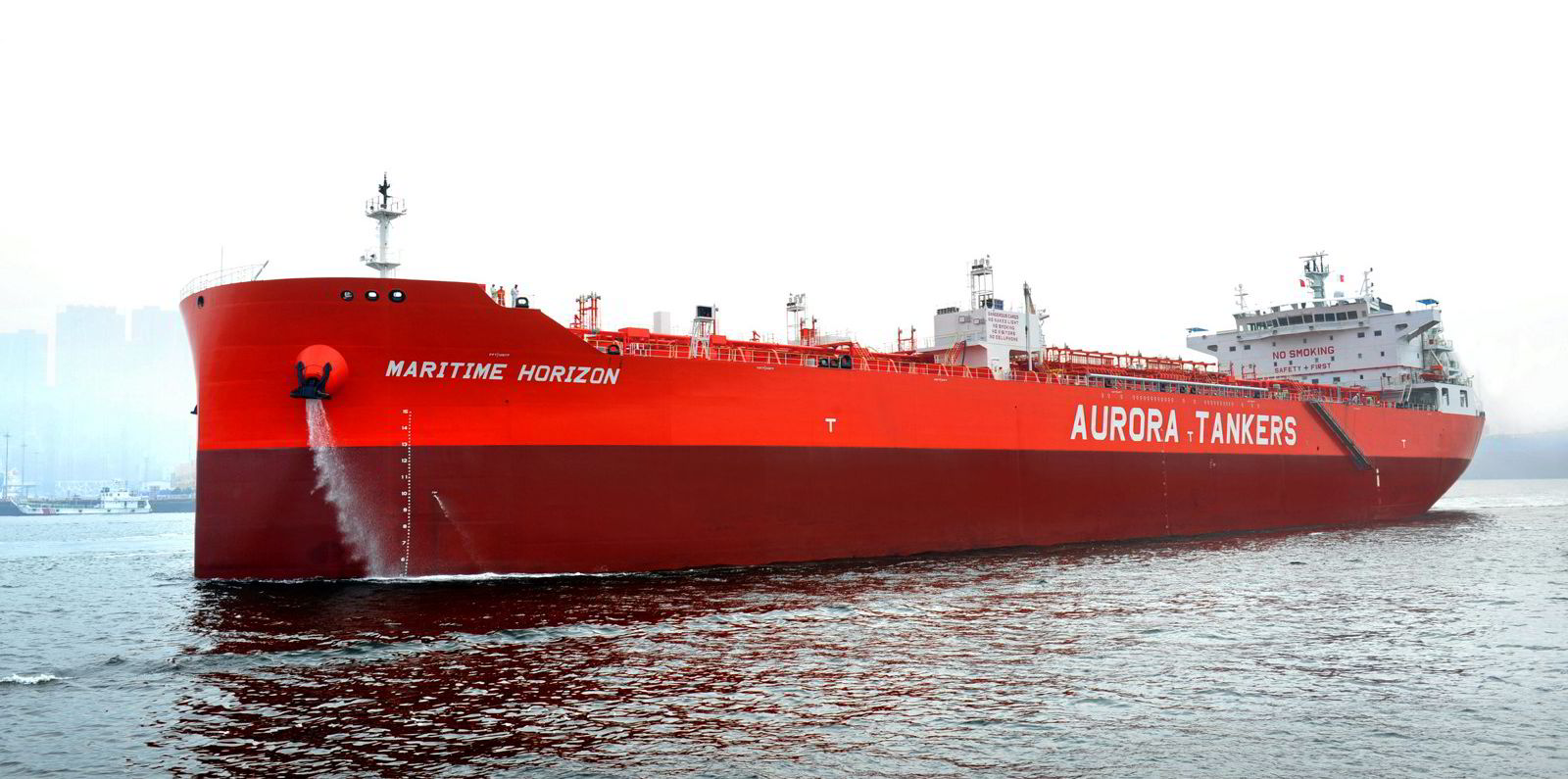Chemical tanker owner Odfjell has posted its best results in 15 years and its second-best ever, sending analysts scurrying to revise their estimates.
The $30m quarterly bottom line allows the board to retire debt early and hand back cash to shareholders under a new dividend policy.
The Harald Fotland-led company and its partners are also folding three of its five vessel pools, as thriving owners do well on their own.
“The MR pool has been discontinued as external vessels have been sold to new owners during the quarter. Four vessels operating in our CP25 pool will also be redelivered,” the company wrote.
“Our pool operations will be reduced further during the second half when the Handy and CP40 pools will be closed. This will reduce our fleet by 14 vessels during the second half but will have limited impact on our earnings.”
The bounce-back from red numbers a year ago comes in an ongoing boom in chemical tanker rates that has charterers hurrying to lock in capacity.
“We have seen charterers opting for increased volume nominations in their contracts, in light of the stronger market,” the company observed in announcing its results. “Average contract of affreightment (COA) rate renewal increased by 14% [in the quarter] and we renewed 13% of our COA portfolio.”
The outlook for that trend continuing is good.
“We see high demand from charterers to enter into COAs and available space for COAs is limited. This should support continued strong momentum for COA rate renewal increases including other contractual improvements into the second half.”
The Bergen-based, Oslo-listed company posted a net result after taxes of $30m in the second quarter on top-line time-charter earnings of $159.9m. That compares with a money-losing second quarter one year ago, when Odfjell had a negative $7.8m on its bottom line, with time-charter earnings of $123.4m.
Odfjell reported a vessel time charter equivalent (TCE) figure of $27,203 per day in the quarter just past and a cash break-even level of $22,291 per day.
For the full year, the cash break-even figure is projected to be lower at $22,095 per day — largely because the fat earnings have allowed Odfjell to take measures to reduce its debt by $40m and cut its interest expense.
“In line with our dividend policy to distribute 50% of adjusted net results to shareholders, the board declared a dividend of $0.23 per share for 1H22,” the company wrote.
“The stronger result has given us the opportunity to refinance and accelerate debt reductions in line with our financial strategy,” the company added. “We refinanced and drew down $32m of new mortgage loans, but also repaid $39m related to a maturing bond and two vessel loans totalling $14m.”
That cuts annual interest expenses by some $2.5m, and the company noted that this is the equivalent of $200 per day in lower break-even levels.
For coming quarters, Odfjell expects the good times to roll on, even if the global economic outlook is under the shadow of war and inflation.
“History has shown chemical tanker demand and chemical end-user demand to be fairly resilient in the event of deeper economic downturns,” the company wrote.
New chemical plants ramping in the US and the Middle East should help, as a greater share of chemical demand is satisfied by seaborne transportation over longer distances.
The company noted that downturns in the chemical tanker market are usually related to supply-side challenges, and here the outlook is for a balance in the shipowners’ favour as newbuilding deliveries will be few over the next three years.
“The supply side is also expected to be positively supported by market-related supply factors that include reduced competition from swing tonnage, reduced speed of the chemical tanker fleet in a high bunker cost environment and in the face of stricter environmental regulations,” the company noted.
Odfjell expects older and less efficient chemical tankers not necessarily to be scrapped but at least “to exit core trades”, reducing competition for high-end owners.
“We expect net fleet growth in 2023 and 2024 to 0.5 % annually compared to tonne-mile demand growth of 4%. This will support a utilisation of the global chemical tanker fleet above 90%,” the company wrote.




